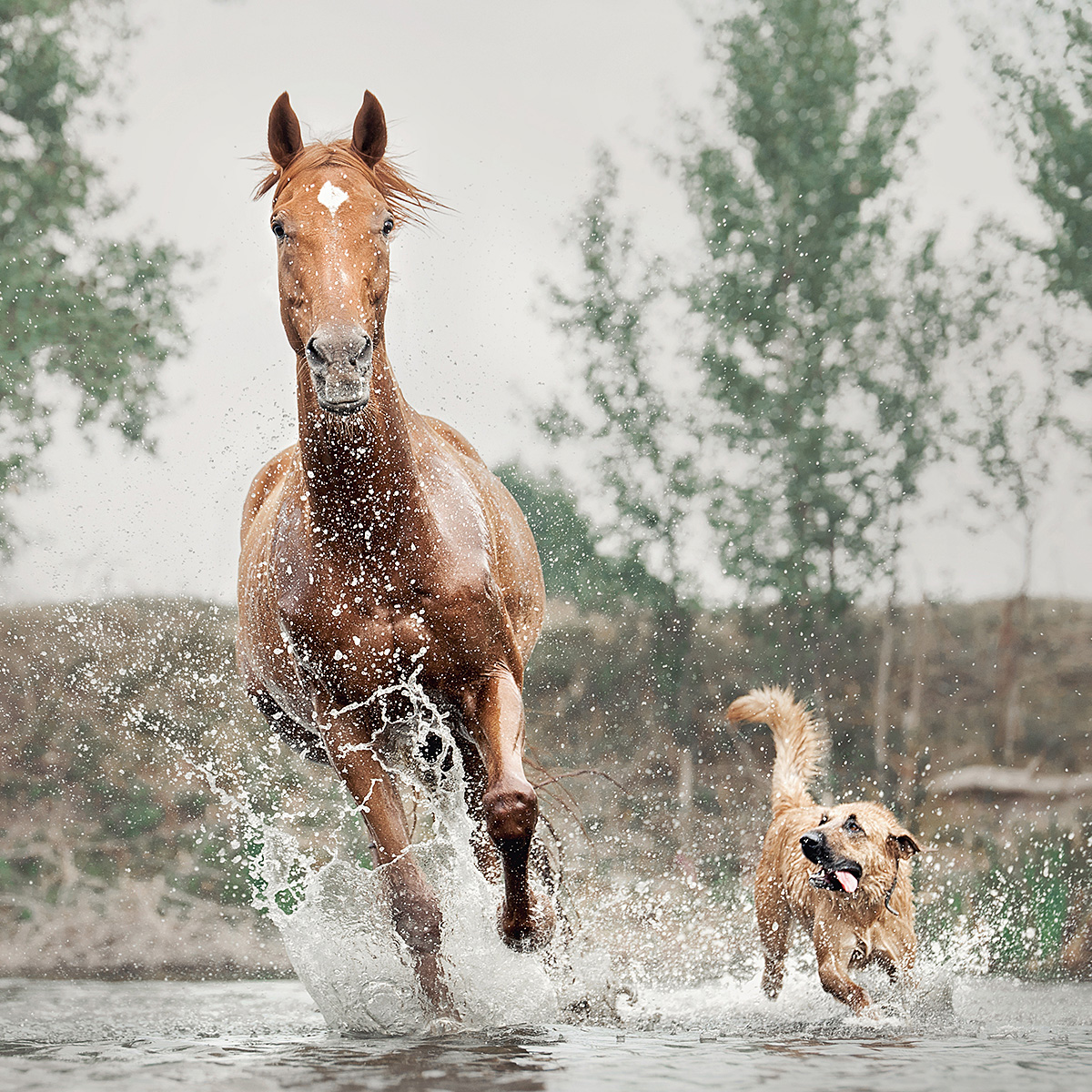Every year millions of animals worldwide get cartilage injuries in their knee, hip, shoulder, elbow or ankle joints, often caused by a wrong move, accident, illness or congenital abnormality. Traditional surgery offers only temporary relief because only individual pieces of cartilage, causing the pain, are removed. The cartilage however, is not repaired. After a few years, pain and complaints return and osteoarthritis develops.
By applying the new Hy4Pet hydrogel during traditional surgery, both the pain is relieved and damaged cartilage is helped to be restored into healthy new cartilage. In addition, osteoarthritis is prevented and pain and discomfort are avoided for a long time.
The unique hydrogel technology is brand new. The gel is composed of natural ingredients. The surgeon applies the hydrogel on the damaged cartilage. The gel binds the surrounding cartilage, causing the cartilage cells to grow in the gel. In the end, new natural cartilage is created. The gel slowly degrades and healthy cartilage remains.
The hydrogel is currently being tested in research. In mid-2023 we expect the hydrogel to be available for use on animals. Interested veterinarians can contact us for more information about the hydrogel.

The research on hydrogel technology started in 2007 at the University of Twente.
15 years of research has provided us with the knowledge and expertise to develop the hydrogel Hy4Pet. The hydrogel technique was originally invented for human use and a clinical study is currently in progress. However, as animals also suffer from cartilage problems, we developed the hydrogel for animals, based on the same hydrogel technique. The product has been approved for cartilage treatment. In a study on horses we proved that cartilage cells had developed in the gel two weeks after application. After 7 months we observed healthy cartilage. This study confirms both the effectiveness and safety of the technique. At present we are studying the effectiveness of the hydrogel in dogs with cartilage problems called ‘osteochondritis dissecrans’ (OCD).
Our technology